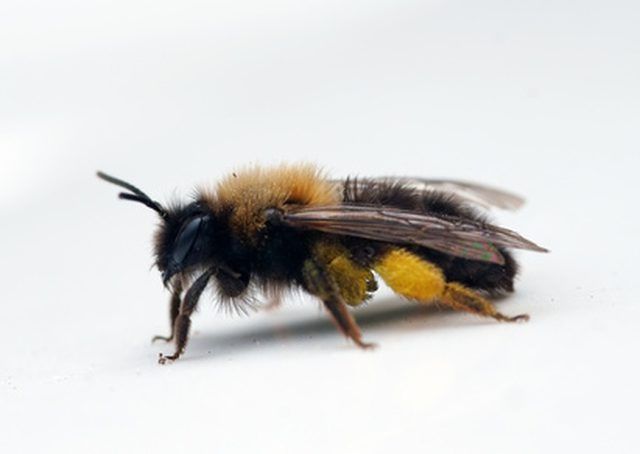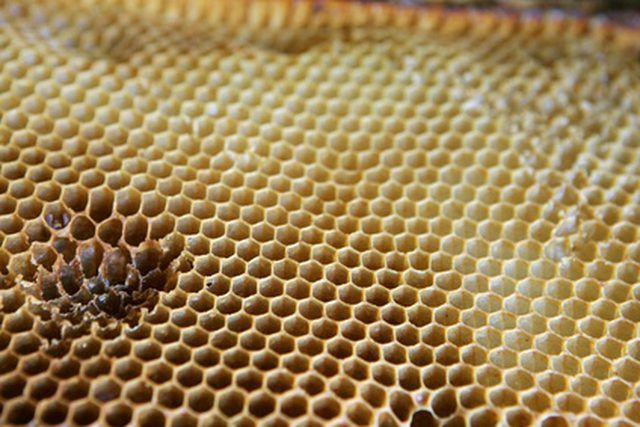Bulbs
Flower Basics
Flower Beds & Specialty Gardens
Flower Garden
Garden Furniture
Garden Gnomes
Garden Seeds
Garden Sheds
Garden Statues
Garden Tools & Supplies
Gardening Basics
Green & Organic
Groundcovers & Vines
Growing Annuals
Growing Basil
Growing Beans
Growing Berries
Growing Blueberries
Growing Cactus
Growing Corn
Growing Cotton
Growing Edibles
Growing Flowers
Growing Garlic
Growing Grapes
Growing Grass
Growing Herbs
Growing Jasmine
Growing Mint
Growing Mushrooms
Orchids
Growing Peanuts
Growing Perennials
Growing Plants
Growing Rosemary
Growing Roses
Growing Strawberries
Growing Sunflowers
Growing Thyme
Growing Tomatoes
Growing Tulips
Growing Vegetables
Herb Basics
Herb Garden
Indoor Growing
Landscaping Basics
Landscaping Patios
Landscaping Plants
Landscaping Shrubs
Landscaping Trees
Landscaping Walks & Pathways
Lawn Basics
Lawn Maintenance
Lawn Mowers
Lawn Ornaments
Lawn Planting
Lawn Tools
Outdoor Growing
Overall Landscape Planning
Pests, Weeds & Problems
Plant Basics
Rock Garden
Rose Garden
Shrubs
Soil
Specialty Gardens
Trees
Vegetable Garden
Yard Maintenance
How Do Bees Store Pollen?
How Do Bees Store Pollen?. Pollen is a brightly colored powder that bees collect from male plants and spread to female plants. This process is called pollination and allows plants to reproduce. But pollination is only a side effect of bees collecting pollen. Bees collect pollen to take to their hive to use as food, and there are a couple of ways...

Pollen is a brightly colored powder that bees collect from male plants and spread to female plants. This process is called pollination and allows plants to reproduce. But pollination is only a side effect of bees collecting pollen. Bees collect pollen to take to their hive to use as food, and there are a couple of ways that bees store pollen for their future use.
How Bees Collect Pollen
When a bee flies onto a flower, the pollen sticks to the bee's body. Bees have three pairs of legs, and each pair is used for a different purpose. All the legs have sticky hairs to collect pollen, but the second pair is covered with bristles that are used to remove pollen from the bee's body. To gather pollen, a bee might visit between 50 and 1,000 plants a day, depending on how much pollen each plant has.
The First Storage Bin---Pollen Baskets
The bee uses the second pair of legs to transfer the pollen from its body to its back legs. The back legs have small indentations on the outside of them called pollen baskets. The inside of these legs have combs and brushes that the bee uses to put the pollen in a joint in its back leg, which compacts the pollen so it will fit in the pollen baskets. The pollen is stored in the pollen baskets until the bee returns to the hive.
Beeswax
Beeswax is a sticky substance that the bee produces naturally in its abdomen. It then chews the beeswax until it is soft and flaky. The bee then adds the wax to the honeycomb to make more cells. The honeycomb is made up of many small, six-sided compartments--called cells--where the pollen is stored.
The Second Storage Bin---The Honeycomb
After the bee gets back to the hive, it removes the pollen from the pollen baskets and stores the pollen in the honeycomb. Each cell in the honeycomb is exactly the same size, and the sides are exactly 0.1 millimeter thick. After the bee builds the cells with beeswax, the pollen is mixed with honey or nectar and stored as food, called bee bread, in the honeycomb cells. Bee grub, which are worm-like, wingless baby bees, eat bee bread for three to five days before becoming pupae. At this stage, they are sealed into a cell with wax, and after 10 days, they bite their way out of the cells to emerge as a grown bee. Almost right away they start working, gathering pollen to bring back to the hive to store as food for more new bees.

The Importance of Collecting and Storing Pollen
Storing pollen is one of the most important things bees do. But pollen collection and storage is not only important for bees, it is also important for us--as without bees, many plants would have no way to become fertilized and produce new plants. When the bee collects nectar from the male plant, some of it falls on the female plant. This process, called pollination, allows the female plant to produce new seeds. Apple trees and other fruits and vegetables need bees to fertilize them.